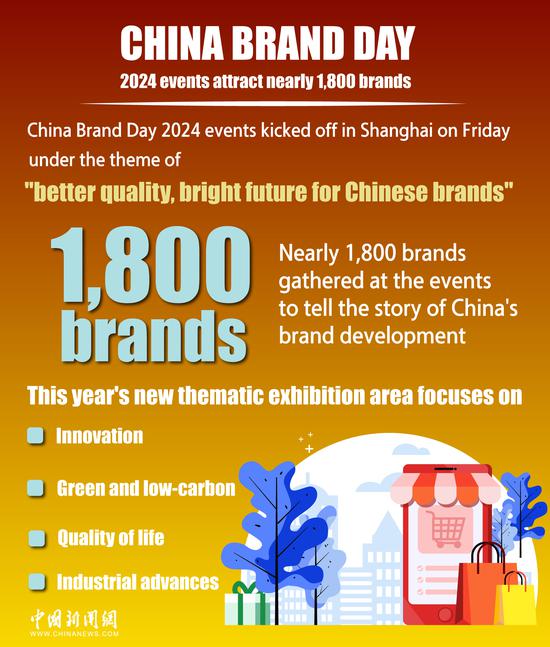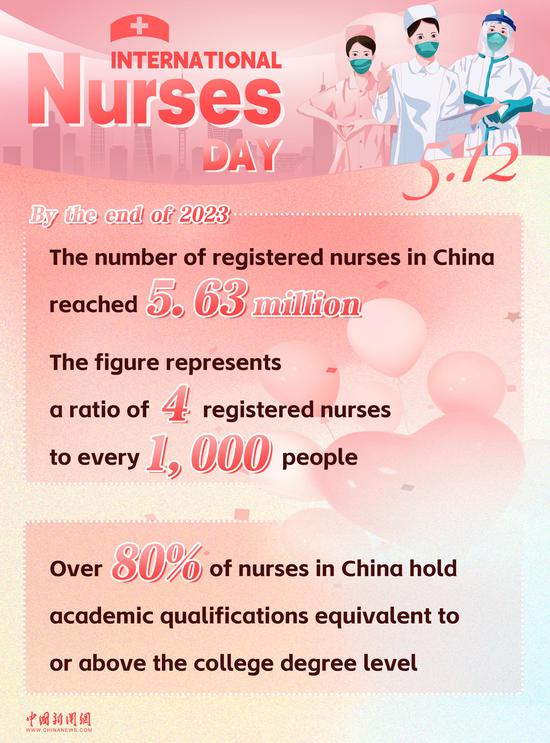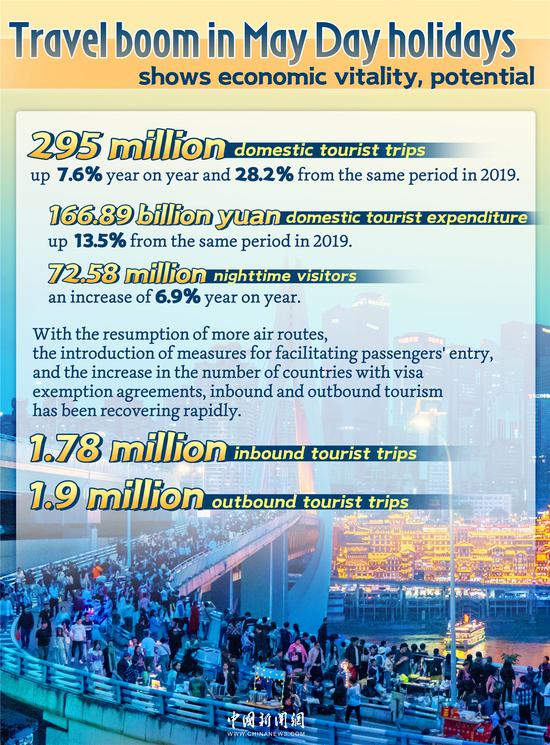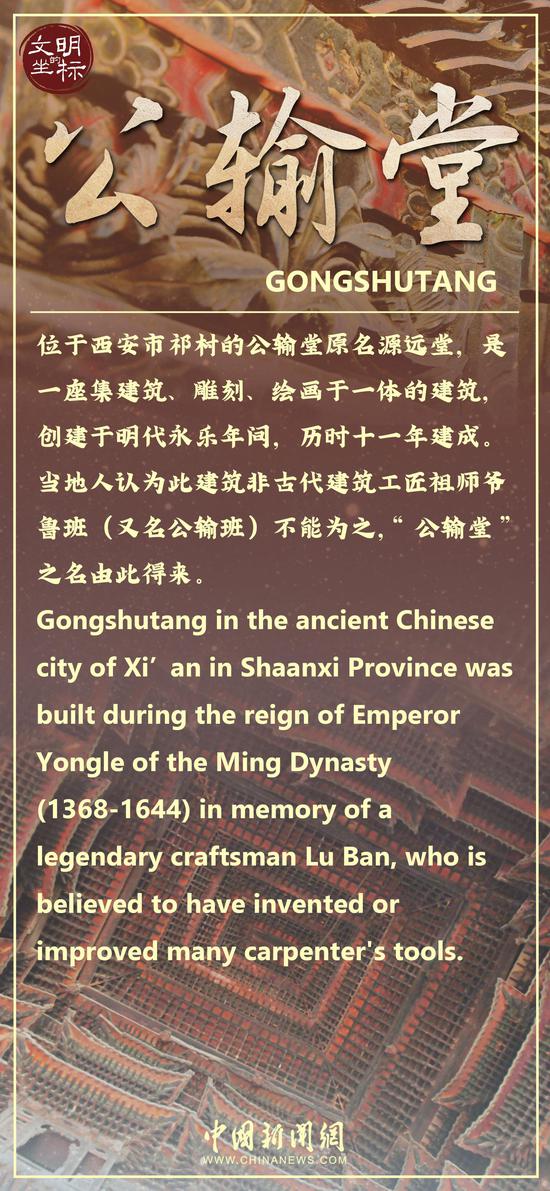The year-on-year growth rate of total retail sales of consumer goods in China will probably exceed 3.1 percent in April, Securities Daily reported on Tuesday, citing experts.
Since the action plan to advance large-scale equipment renewal and trade-in of consumer goods was launched in March, local governments have introduced trade-in activities for consumer goods, including issuing consumer vouchers and subsiding businesses, triggering the consumption of durable goods such as automobiles and household appliances in April, said Fu Yifu, a senior researcher at Star Atlas Institute of Finance.
The domestic consumption for cars has also accelerated. The country produced about 2.41 million automobiles and sold 2.36 million in April, up 12.8 percent and 9.3 percent, respectively, from a year earlier, according to the China Association of Automobile Manufacturers. Among them, 870,000 new energy vehicles were produced and 850,000 were sold, up 35.9 percent and 33.5 percent, respectively, on a yearly basis.
The consumption of gold, silver and other jewelries will contribute to the overall consumption performance in April, said Song Xiangqing, vice-chairman of the Commerce Economy Association of China. Though the domestic jewelry-gold price continued to rise, consumer enthusiasm did not fall in April. Taking Chow Tai Fook, a jewelry retailer, as an example, cngold.org data show that its jewelry-gold price in the Chinese mainland rose more than 3.6 percent in the month.
The rural consumption data is also worth looking forward to. According to figures released by the National Bureau of Statistics, in the first quarter of this year, the absolute volume of rural consumption rose by 5.2 percent year-on-year, outpacing the urban consumption growth of 4.6 percent, according to Song.
Given multiple factors, such as the cultivation of new drivers of the country's economy and the consumer market penetrating into countryside, rural consumption in April will continue the trend in the first quarter, and the growth rate will continue to exceed urban consumption, he added.


















































 京公网安备 11010202009201号
京公网安备 11010202009201号